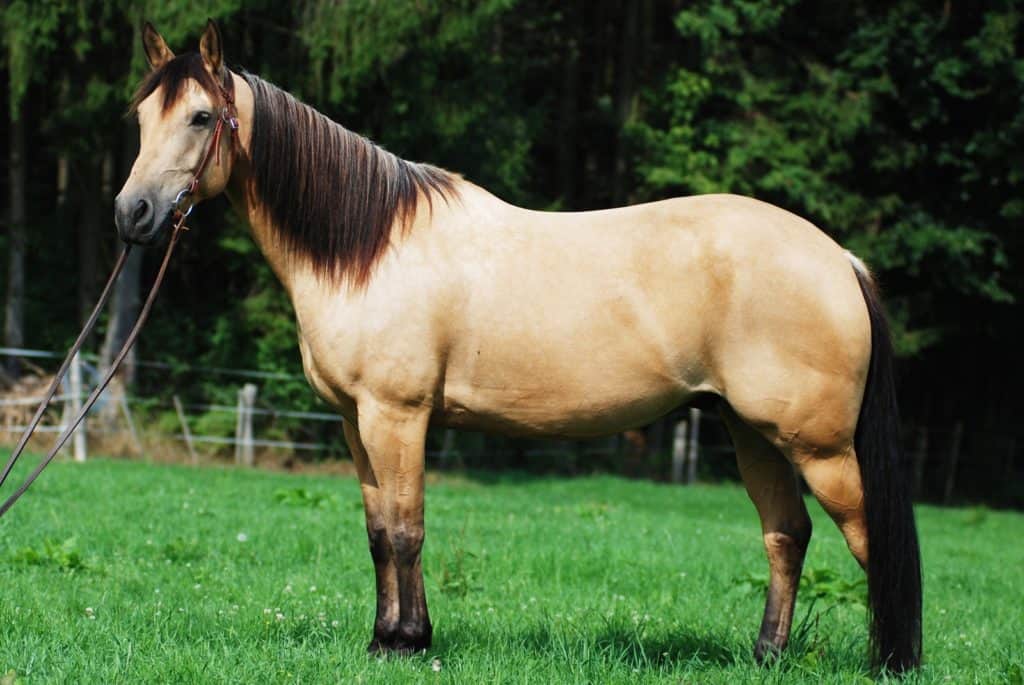
SI Treatments in Horses: Steroid Type Matters
Researchers found the choice of steroid used for sacroiliac joint injections predicted outcomes better than whether the horse underwent a preprocedure ultrasound.

Researchers found the choice of steroid used for sacroiliac joint injections predicted outcomes better than whether the horse underwent a preprocedure ultrasound.

What impact do structural deviations really have on your horse’s soundness and performance? Here’s what you should know.

Researchers found individual horses can have such widely different vertebral columns, they don’t even have the same number of vertebrae.

Scientists found that a professional’s light, steady, straight pull at a slightly downward angle relieved pain at several sites along the equine spine.

Find out when a half-pad will improve your horse’s comfort and when it might cause more harm than good.

Italian researchers found higher-placed haynets significantly shorten horses’ back muscles and change their jaw angles as they eat.

Find out how to keep you, your prone-to-worry horse, and those around him safe.

Researchers used CT scan and microscopic exam to characterize anatomical findings of the lumbosacral spine and document any damage or disease.

Researchers confirmed using resistance band systems, balance pads, and dynamic mobilization can help improve spinal muscle characteristics and postural stability.

Scientists are rapidly homing in on the specific areas of the equine genome linked to this debilitating condition.

The 2 goals of an equine back treatment plan are breaking the pain cycle and increasing strength, function, and stability.

An equine genetics company is expanding a study about kissing spines in horses. The deadline for sending samples is Oct. 10.

Veterinarians need to assess horses, diagnose the cause of pain, and start medical management early for the best prognosis.

Dr. Hilary Clayton offers advice on the best way to warm up and supple your horse at the beginning of your ride.

Standing surgeries on sedated horses can provide good, if not better, results than equivalent surgeries on fully anesthetized horses, without the added costs and complications.

Dwarfism in horses causes major health challenges, leading to a heightened risk of functional handicaps, nutritional disorders, chronic pain, and serious welfare concerns.
Stay on top of the most recent Horse Health news with
"*" indicates required fields